In the ever-evolving landscape of mergers and acquisitions, navigating the complex world of tax implications can be daunting for many businesses. It's essential to understand how these transactions can affect your financial health and compliance burden, especially in today's regulatory environment. By arming yourself with the right tax guidance, you can make informed decisions that pave the way for a smoother integration and long-term success. Curious to learn more about effective strategies for managing these tax challenges? Read on!

Tax Implications and Liabilities
Tax implications and liabilities in merger and acquisition transactions can significantly impact the financial outcomes for involved entities. The Internal Revenue Service (IRS) defines various classifications of mergers, such as asset acquisitions and stock purchases, each with distinct tax ramifications. For example, in a stock purchase scenario under Section 338 of the Internal Revenue Code, the acquiring company might elect to treat the transaction as an asset purchase, which can allow for a step-up in basis on the acquired entity's assets. This may lead to increased depreciation and amortization benefits. Conversely, asset sales can trigger immediate taxation on the gain recognized by the selling entity, potentially raising the effective tax burden. Consideration of state-level tax effects is also paramount, as jurisdictions such as California and New York often impose unique tax regulations influencing the overall tax strategy. Comprehensive evaluation of tax liabilities, including potential net operating losses and other tax attributes of the target company, is essential for effective integration planning and optimizing tax benefits.
Compliance with Regulatory Framework
Merger and acquisition (M&A) transactions often involve complex tax implications that require careful navigation of the regulatory framework established by government entities, such as the Internal Revenue Service (IRS) in the United States. Due diligence prior to an M&A deal should include an examination of tax liabilities, including income taxes, capital gains taxes, and compliance with regulations under the Securities and Exchange Commission (SEC). Additionally, understanding the implications of various structures, such as asset purchases versus stock purchases, is essential for optimal tax treatment. The Tax Cuts and Jobs Act (TCJA) of 2017 introduced significant changes that affect deductibility of business expenses; hence, consulting with tax advisors is crucial. Furthermore, considerations related to the transfer of tax attributes, such as net operating losses (NOLs), and the potential need to file for a reorganization under Subchapter C or Subchapter S can impact the financial health of the post-merger entity. Adhering to the relevant guidelines laid out in the IRS regulations not only mitigates potential penalties but also enhances the efficiency of the transaction.
Assessment of Financial and Tax Records
A comprehensive assessment of financial and tax records is crucial during merger and acquisition processes, particularly for businesses aiming for optimal tax efficiency and compliance. This evaluation entails a meticulous review of financial statements, including balance sheets and income statements, which provide insights into a company's fiscal health. Tax records, such as previous filings with the Internal Revenue Service (IRS) and any state tax authorities, reveal potential liabilities and credits that may influence the transaction's value. Key factors include liabilities from outstanding tax payments, audits pending resolution, and carried-forward tax losses that can offset future profits. Furthermore, companies must consider the implications of Section 338 or Section 351 of the Internal Revenue Code (IRC), which determines tax treatment for asset acquisitions versus stock purchases. Engaging with tax advisors having expertise in merger and acquisition dynamics can further inform this assessment, ensuring all potential tax impacts are thoroughly understood before finalizing any agreements.
Structuring of Transaction for Tax Efficiency
Mergers and acquisitions (M&A) often involve complex tax considerations, necessitating careful structuring to achieve tax efficiency. Key aspects include the choice of transaction type--stock versus asset sales--which can significantly impact tax liabilities. For instance, asset sales may facilitate a step-up in asset basis, benefitting depreciation deductions. In contrast, stock sales generally allow sellers to utilize capital gains tax rates, potentially resulting in a lower tax burden. The relevance of tax attributes, such as net operating losses or tax credits, also requires analysis for optimal structuring. Diligence in assessing the tax implications associated with various deal structures in jurisdictions like Delaware can lead to enhanced after-tax returns for stakeholders, ensuring compliance with IRS regulations while promoting strategic financial objectives.
Post-Transaction Tax Planning Strategies
Post-transaction tax planning strategies for mergers and acquisitions (M&A) play a crucial role in optimizing the tax implications of the newly formed entity. Evaluation of the legal structure of the combined companies, such as whether to operate as a Corporation or Limited Liability Company, significantly influences tax liabilities. Deductions such as those pertaining to goodwill, often valued in millions of dollars, may be leveraged to mitigate taxable income. Understanding the treatment of net operating losses (NOLs) can also provide substantial benefits, especially if an acquired company has accumulated significant losses over the years. Moreover, the allocation of purchase price across various asset classes following IRS guidelines can enhance tax efficiency. Consulting tax professionals specializing in M&A can ensure compliance while capitalizing on available credits and incentives, ultimately resulting in better financial outcomes for the stakeholders involved.

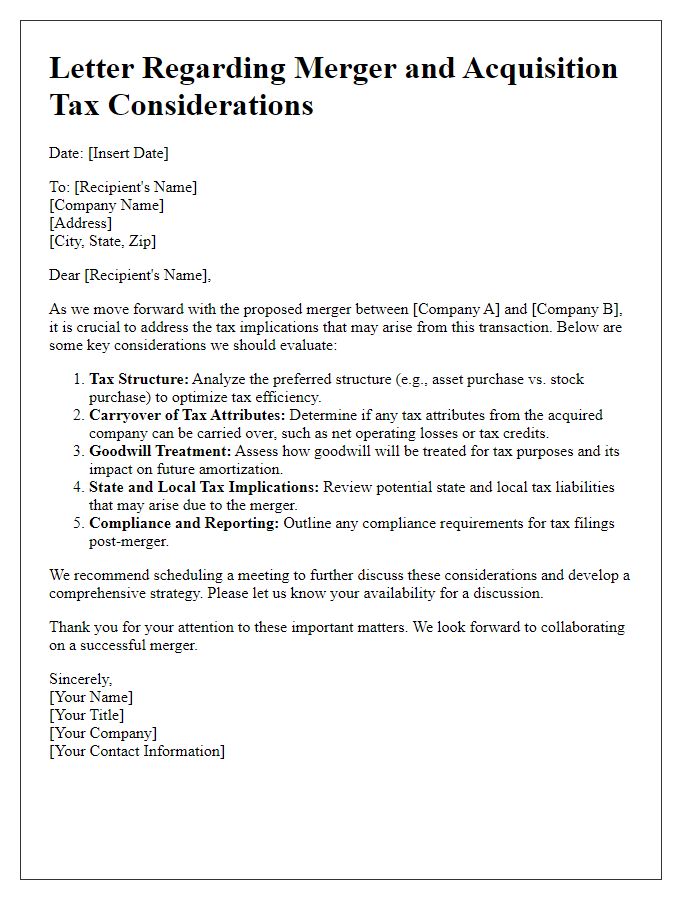
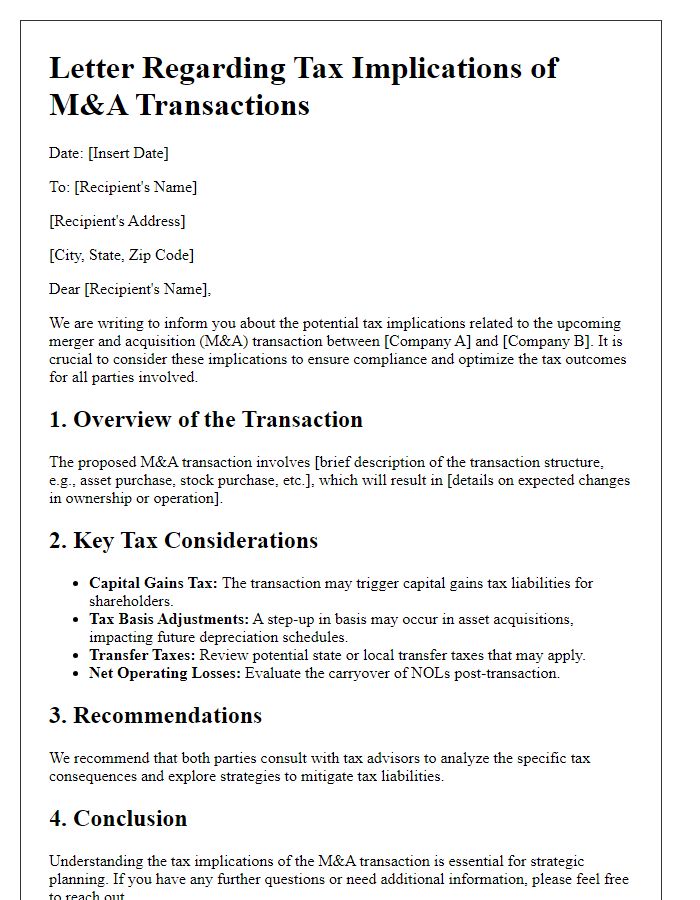
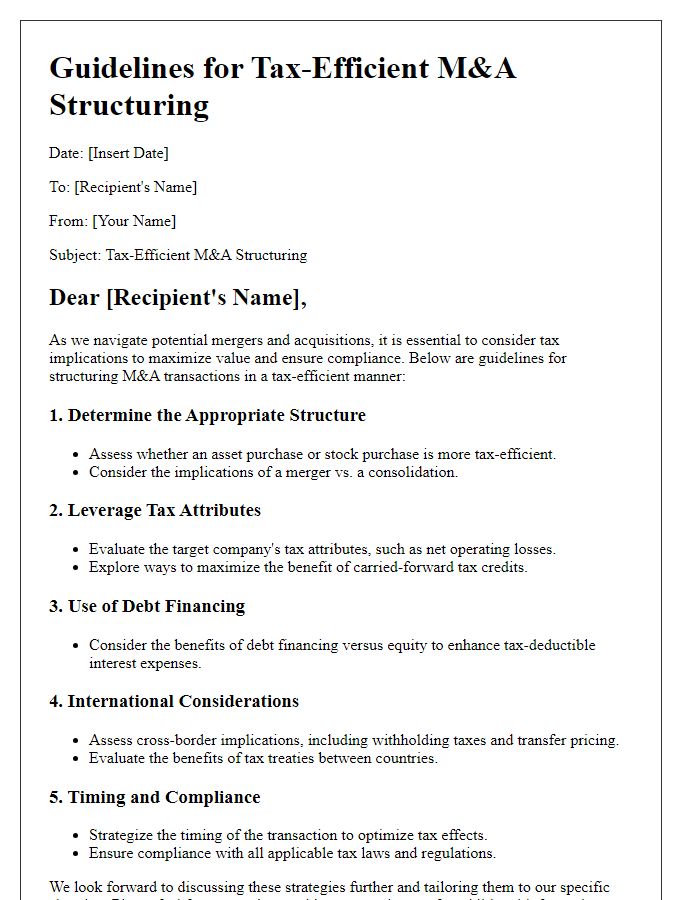
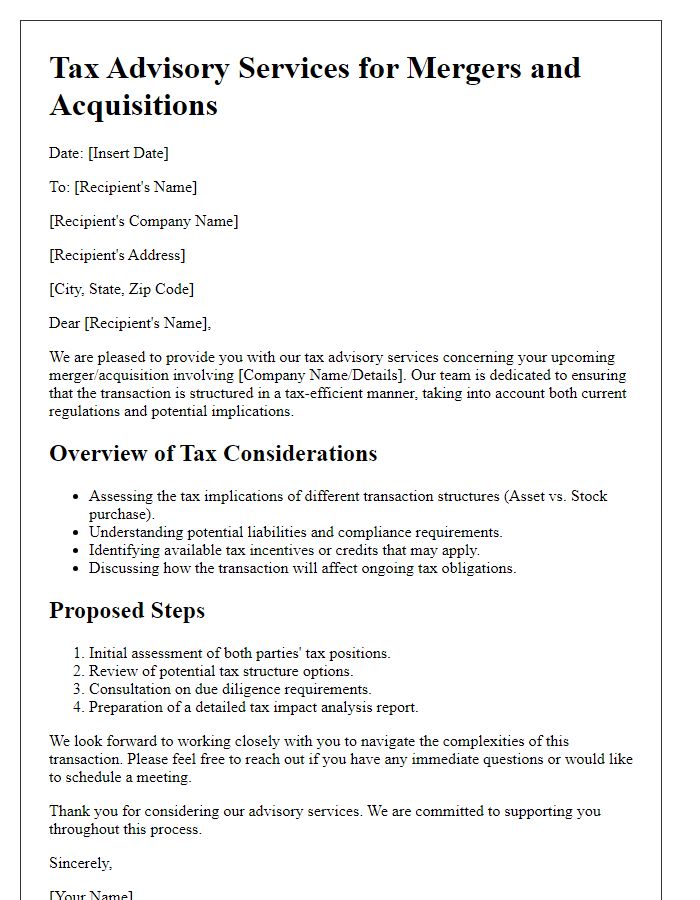
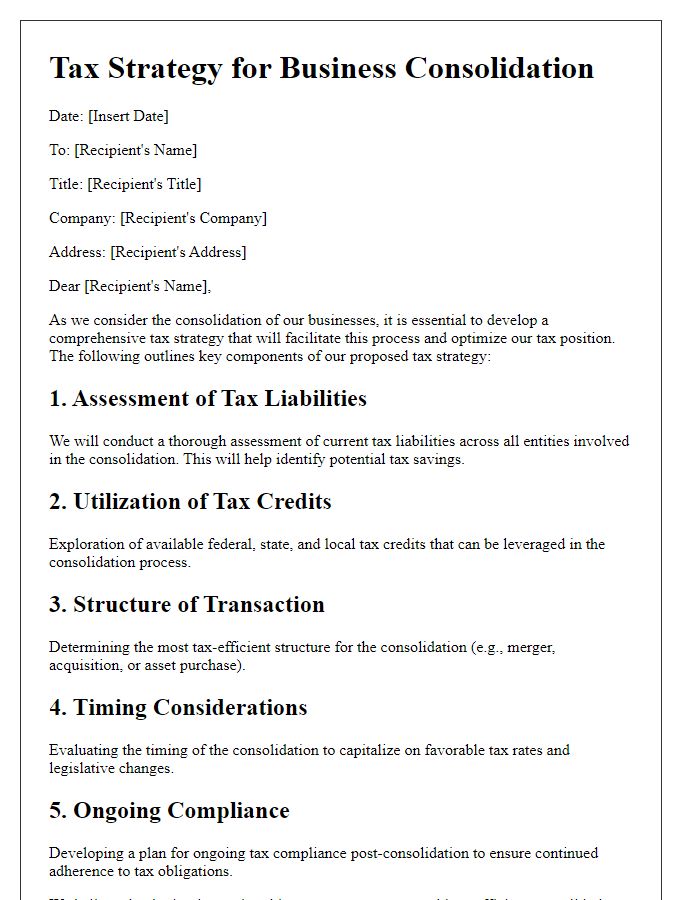
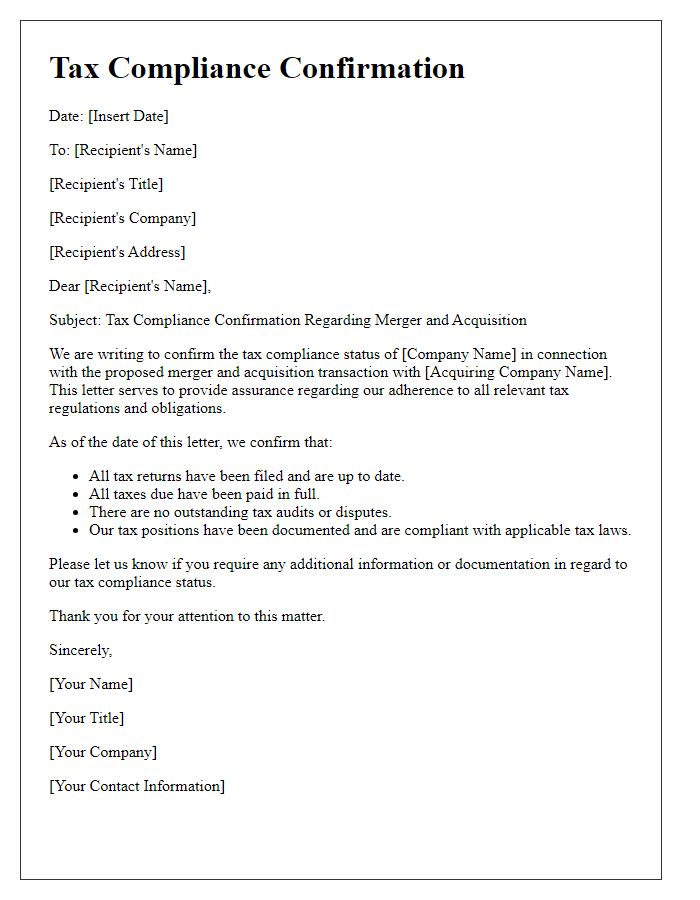
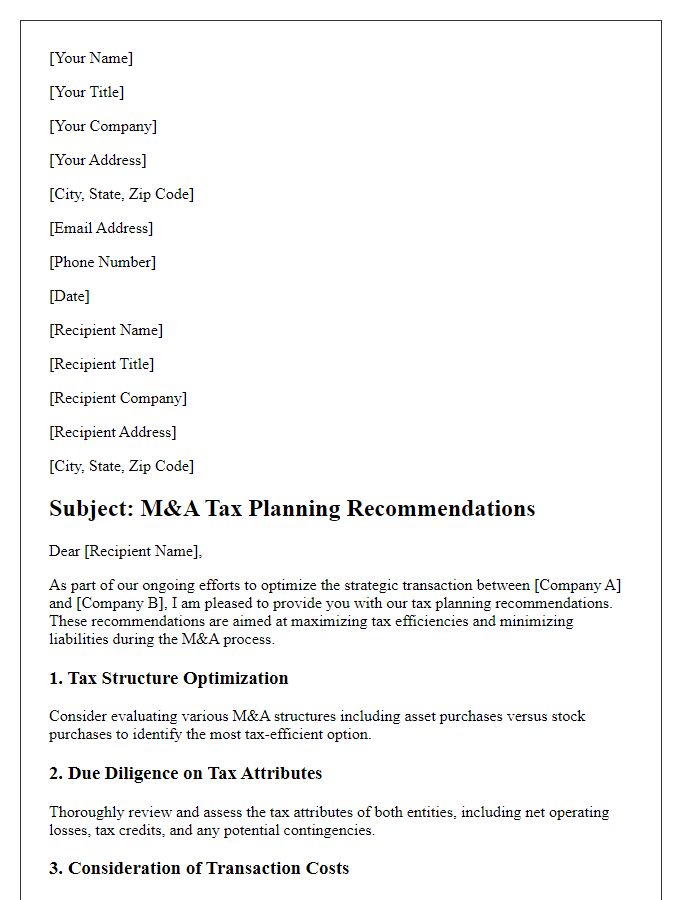
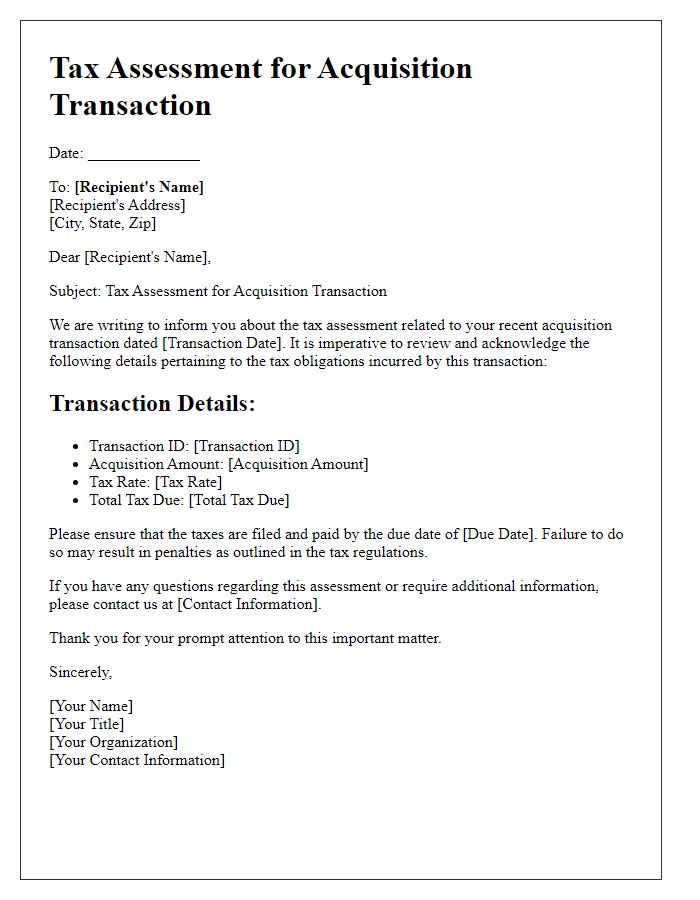
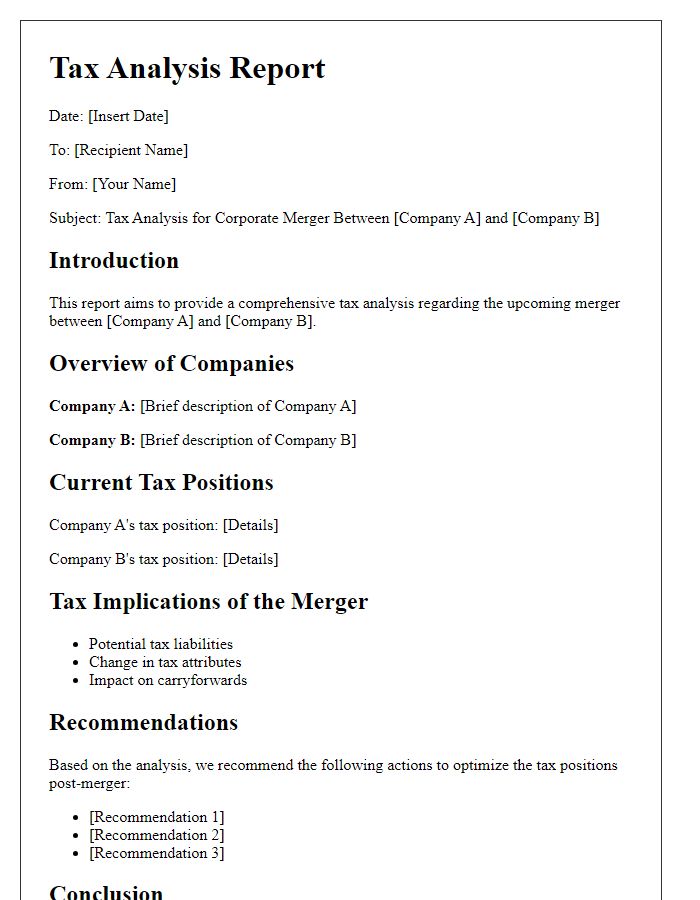
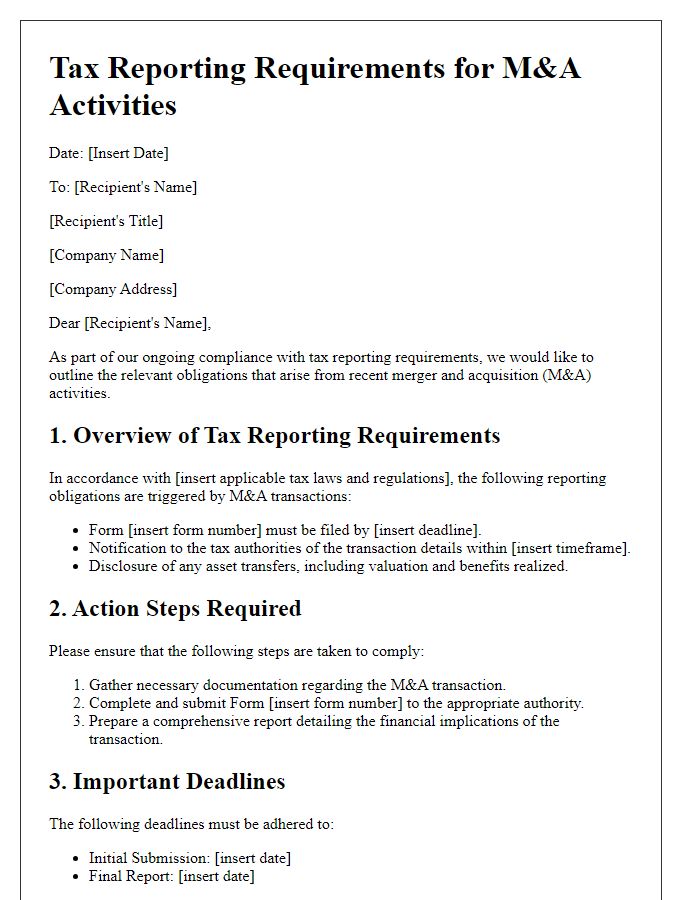





Comments